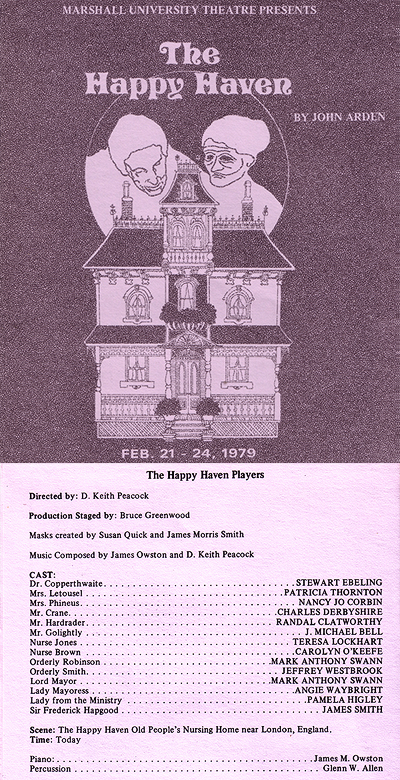In 1959, I remember my oldest brother coming home from school being upset that one of his favorite musicians, Buddy Holly, had died. Although I was only three years old at the time, I can remember this as music was an important part of our home. We’ll discuss this event further on February 3 – “The Day the Music Died.” Flash forward 11 years to 1970 and as a 14 year-old with disposable income from a paper route, I made the conscious decision to make the bold step to move from buying 45 rpm singles to long playing albums.
With that decision, I knew what I wanted – a Buddy Holly album. I had walked through the snow in the woods that separated Arlington Plan from Green Valley to the now defunct Eastland Shopping Center. At the National Record Mart in Eastland’s “Underground Mall,” I sought out the bin that held the Buddy Holly albums. Not sure which one to purchase, I settled on what was an excellent decision that would expose me to the best of the best.
The album, which had been released in March 1967, jumped out of the bin (figuratively) with its screaming yellow cover. It was titled “Buddy Holly’s Greatest Hits.” He was wearing the old style 1950s vintage eyeglasses from his early days – not the heavy, ultra modern glasses from a few years later.
On its cover were the nebulous words “enhanced for stereo” – whatever that meant – and 40 years later – I’m still not sure what it means other than splitting the mono track into two tracks. Perhaps they added reverb to one channel – that’s what I would have done. I’m not sure what MCA was doing in those days with their recordings, but I would guess that some adjustment was made to one of the channels to give that faux stereo effect. Nonetheless, at the time I only had a mono player and it really didn’t matter.
The Complete LP
“Everyday” was one of my favorite cuts from this album and was co-written by Buddy Holly and Norman Petty, the song was published by Petty’s company, “Nor Va Jak Publishing,” a BMI affiliated company. The company’s name was an abbreviated form of the names of the members of the Norman Petty Trio: Norman Petty, Violet Ann (Vi) Petty, and Jack Vaughn.
Recorded at producer Norman Petty’s studio in Clovis, New Mexico, the song featured Buddy Holly on acoustic guitar, Jerry Allison in slapping his thighs for percussion, Joe Maudlin on stand-up bass, and Vi Petty on celesta.
The Celesta
The celesta is an interesting little instrument. It is a keyboard version of the glockenspiel and has a bell like sound. If you’ve heard the “Dance of the Sugar Plum Fairy,” you’ve heard the celesta. In 1979, I had the opportunity to use a celesta during the multi-night performances of “The Happy Haven” by the Marshall University Theatre.
The Celesta also known as the Celeste
During my first semester at Marshall, I had the opportunity of taking a class by a visiting professor from England, “Dr. D. Keith Peacock.” During the previous semester in the Contemporary British Theatre course, Dr. Peacock approached me about composing the music for a play that he hoped to produce in February 1979. John Ardin’s “The Happy Haven,” a play about a home for the aged that had numerous songs, but no accompanying musical score. 
Program from "The Happy Haven"
Dr. Peacock and I set about to create a musical score for the play and was enlisted to play piano, celesta, and mandolin for the four nights of performance; however, I am only credited in the program for piano. Only one other musician was utilized – Glen Allen provided the percussion for these performances. This was the only time I had the opportunity to play a celesta and the only time I was involved in the music for a play. It was fun and an experience I would never trade.


This comment has been removed by a blog administrator.
ReplyDelete